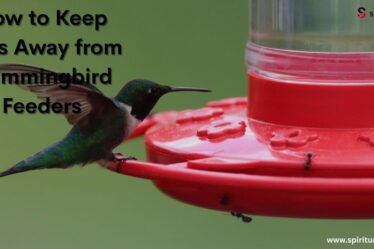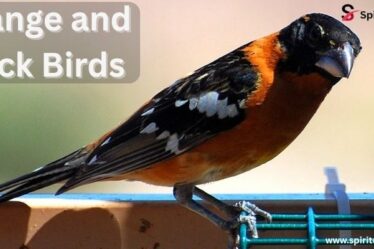
Florida’s skies and wetlands are filled with brilliant white birds with long beaks, creating a breathtaking scene for bird lovers, photographers, and visitors. However, spotting and identifying them isn’t always simple. Some species can look very similar, especially when seen from a distance. Still, each bird has its own special features, behaviors, and stories.
In North America, especially across Florida’s unique ecosystems like wetlands, estuaries, marshes, and coastal bays, these birds not only add beauty but also play an important role in the health of natural habitats. Birdwatchers, bird enthusiasts, and photographers are particularly drawn to these majestic birds during the breeding season, migrations, and seasonal delights when colonies become active and alive.
1. Snowy Egret
The Snowy Egret (Egretta thula) is one of the most eye-catching white birds in Florida. It has a slender black bill, stunning bright-yellow feet, and black legs. During the breeding season, you might also notice its golden plumes flowing from its head, neck, and back, making it even more beautiful. Snowy Egrets are smaller compared to other egrets, measuring about 56-69 cm, and they typically weigh around 270-512 g. Their bright-white color, long legs, and elegant body make them easy to spot, especially when they are actively foraging for small fish, insects, crustaceans, amphibians, and reptiles in wetlands, marshes, and shallow waters.
In Florida, you will often see Snowy Egrets wading along marshes, coastal shores, estuaries, and tidal pools. They use their bright yellow feet to stir the mud and shallow water, flushing out prey. Their long black beak helps them quickly snap up small aquatic creatures. Watching their agile stalking, wading, and probing behaviors is a true delight for birdwatchers. Snowy Egrets are also known for nesting in large colonies high up in trees or shrubs, often mixing with other wading birds.
2. American White Pelican
The American White Pelican (Pelecanus erythrorhynchos) is an enormous and striking bird. It has one of the largest wingspans of any North American bird, measuring about 95-120 inches, and a body length of 50-70 inches. They weigh over 4 lbs, making them a true giant of the skies and waters. Their distinctive feature is their huge orange beak, which they use to scoop up fish from shallow lakes and coastal waters. During breeding season, they develop a unique “horn” on their upper bill, adding to their strange and fascinating look.
In Florida, the American White Pelican is often found in freshwater lakes, saltwater marshes, river edges, and coastal bays during the winter months. Unlike the Brown Pelican (Pelecanus occidentalis), which dives dramatically into the water to catch fish, the White Pelican prefers a quieter style. They gracefully swim in groups, herding fish together before scooping them up with their enormous bills. Seeing a group of these massive white birds soaring effortlessly across Florida’s blue skies is a magical experience that bird lovers and photographers treasure.
3. Cattle Egret
The Cattle Egret (Bubulcus ibis) has an interesting story. Originally from Africa, these birds followed livestock around, feeding on insects stirred up by the animals’ movement. They eventually made their way to North America and now thrive in Florida. Measuring about 48-66 cm and weighing 530-768 g, they are smaller and stouter than other egrets. They have a yellow bill and legs that can turn bright orange during the breeding season. Their white plumage becomes adorned with golden patches on the head, chest, and back during this special time.
In Florida, Cattle Egrets are very common and often seen walking through grasslands, pastures, parks, and even suburban lawns. You’ll notice them following tractors, lawnmowers, or grazing cattle, eagerly snapping up grasshoppers, ticks, spiders, earthworms, and small reptiles. Their adaptability to urban and rural environments makes them one of the most easily spotted white birds with long beaks in the Sunshine State.
4. American White Ibis
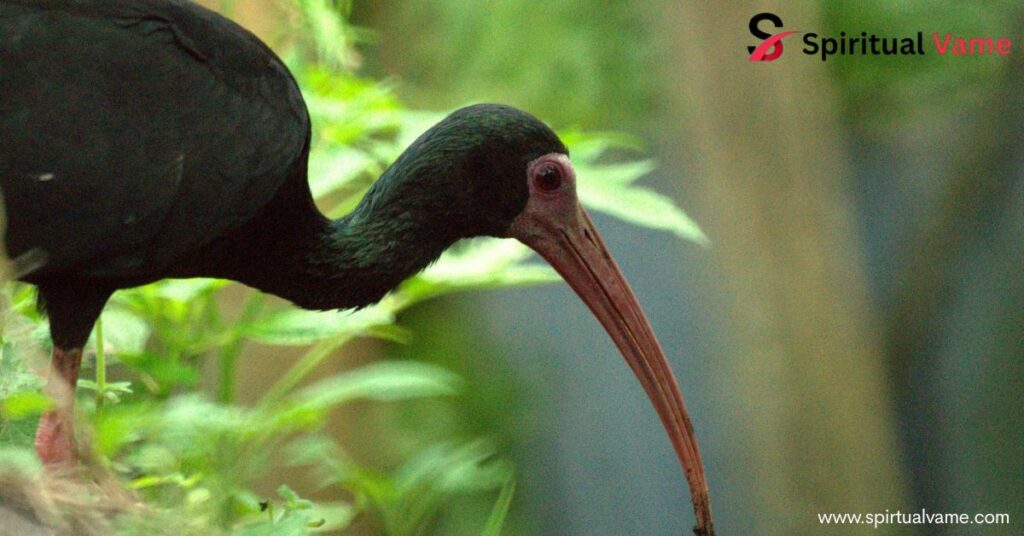
The American White Ibis (Eudocimus albus) is another iconic Florida bird. It is immediately recognizable by its long, curved red bill and bright red legs. Their pure white plumage and black wing tips, visible only during flight, add to their striking appearance. Adult White Ibises measure about 56-66 cm in length and weigh around 700-1,000 g.
This bird is a common sight across Florida’s wetlands, saltwater marshes, estuaries, and mudflats. They use their long, curved beak to probe in the mud for aquatic invertebrates like crayfish, insects, worms, and small fish. In urban areas, it’s not unusual to see them strolling across parks, golf courses, or even busy sidewalks. They are highly social birds, often forming large flocks during feeding, roosting, and migrating. Birdwatchers enjoy watching their lively colonies, especially during the breeding season when nests are built with sticks and branches high in the trees.
5. Little Blue Heron – Juvenile
At first glance, a juvenile Little Blue Heron (Egretta caerulea) can easily be mistaken for a Snowy Egret because of its white feathers. However, their duller yellow-greenish legs and dark bill with a pale base help distinguish them. Juveniles stay completely white for their first year before molting into their adult blue-gray plumage. They measure about 60-70 cm and are relatively lightweight, around 300-400 g.
Juvenile Little Blue Herons love shallow freshwater wetlands, tidal pools, mudflats, and marshes. They use a slow, deliberate stalking method to catch fish, frogs, crustaceans, and insects. These young birds benefit from being white, as it allows them to blend in with flocks of white birds like Snowy Egrets, gaining better protection from predators during their vulnerable first year of life.
6. Great Egret
The Great Egret (Ardea alba) is the symbol of elegance among white birds. It is a large and graceful wader, measuring about 94-104 cm with an impressive wingspan of 131-170 cm. Weighing between 700-1,500 g, they have a long yellow bill, black legs, and entirely white plumage. During the breeding season, they grow long, lacy plumes on their backs known as aigrettes, used in stunning courtship displays.
In Florida, the Great Egret is common across freshwater marshes, mangroves, swamps, riverbanks, and estuaries. They are skilled hunters, often standing motionless for long periods before swiftly striking fish, frogs, crustaceans, and reptiles with their sharp beaks. Their tall stature and slow, deliberate movements make them a favorite subject for bird photographers. Observing them in breeding colonies is a true seasonal delight, as the air fills with their deep croaks and stunning plumage.
7. Reddish Egret – White Morph
The Reddish Egret (Egretta rufescens) has a rare and beautiful version known as the White Morph. Unlike the usual dark reddish-brown adults, the White Morph Reddish Egret is entirely snowy white. These medium-large herons, about 70-80 cm long, are famous for their energetic “dancing” feeding behavior. They often run, jump, flap, and spin in shallow waters, stirring fish into view.
White Morph Reddish Egrets are a rare treasure in Florida, found mostly in tidal pools, mudflats, estuaries, and coastal bays, especially in the Keys. Their bold and animated foraging makes them a fascinating species for birdwatchers and bird enthusiasts, offering amazing bird photography opportunities.
8. Masked Booby
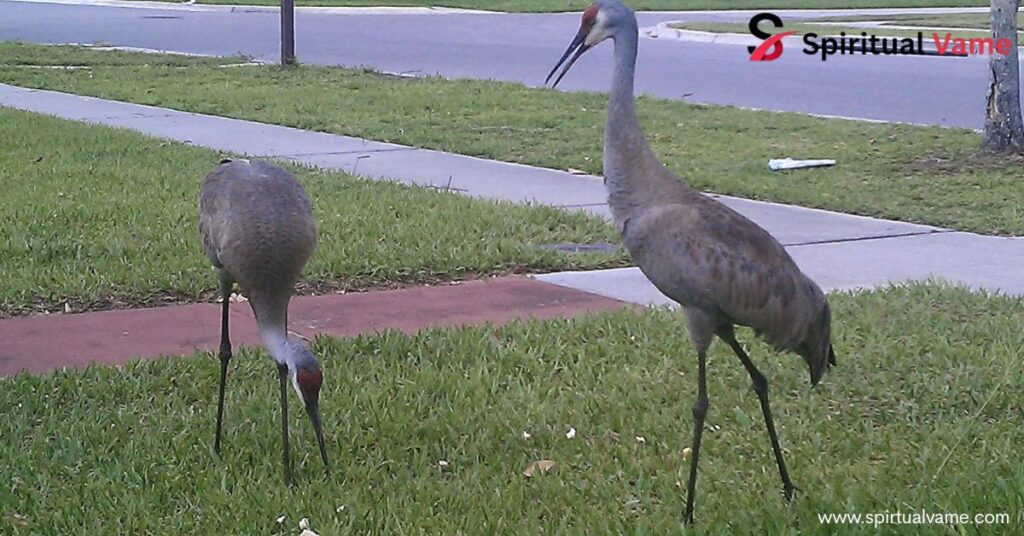
The Masked Booby (Sula dactylatra) is a deep-sea bird that sometimes visits Florida’s southern coasts. It is a large seabird with a bright-white body, black wing tips, and a strong yellow-orange beak. Adults measure about 75-85 cm in length and have a wingspan of 140-150 cm. Their black mask around the eyes gives them their name.
In Florida, Masked Boobies are usually seen around the Dry Tortugas or the Florida Keys, often soaring above the open ocean or resting on remote islands. They dive dramatically into the sea from great heights to catch fish and squid, showcasing amazing strength and agility.
9. Whooping Crane
The Whooping Crane (Grus americana) is North America’s tallest bird, standing nearly 5 feet tall with a wingspan of over 7 feet. It weighs around 7.5 kg. Its body is bright white, accented with black wingtips seen during flight, and it has a red crown and face.
Whooping Cranes are rare but have made a remarkable comeback thanks to conservation efforts. In Florida, you can sometimes spot them around freshwater marshes and grasslands. Their slow, graceful movements and loud, trumpeting calls make them unforgettable for anyone lucky enough to see them.
10. Wood Stork
The Wood Stork (Mycteria americana) is a large wading bird, easily recognized by its bald, scaly head and massive, slightly curved bill. They measure about 89-114 cm tall, with a wingspan of 165 cm, and weigh around 2,721 g. Despite their somewhat prehistoric look, Wood Storks are graceful in flight and important for maintaining healthy wetland ecosystems.
In Florida, Wood Storks are often found in freshwater and saltwater marshes, swamps, and mangrove forests. They forage by feeling with their bills in shallow water, snapping shut whenever they touch prey like fish, frogs, or crustaceans. They nest in large, noisy colonies in tall trees or shrubs above water.
11. Trumpeter Swan
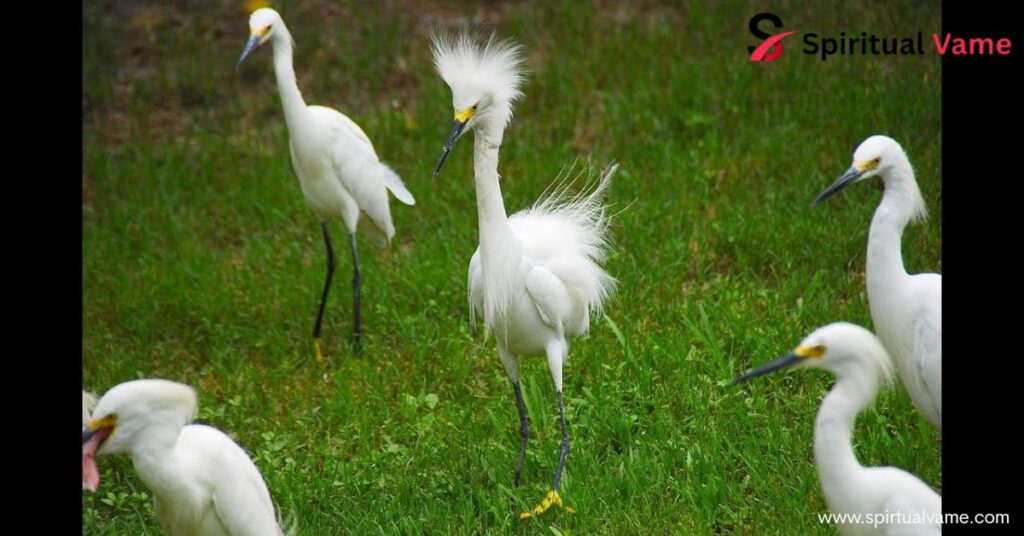
The Trumpeter Swan (Cygnus buccinator) is the largest native waterfowl in North America. These massive birds are pure white, with a black bill and black legs. Adults measure up to 6 feet in length and can weigh over 25 pounds.
While Trumpeter Swans are rare in Florida, they sometimes visit the northern parts during winter. They prefer quiet freshwater lakes, ponds, and marshes. Their deep, resonant calls sound like a trumpet, echoing beautifully across the water, adding a magical feeling to the winter landscapes.
Conclusion
Florida truly is a paradise for white birds with long beaks. From the elegant Great Egret and energetic Snowy Egret to the rare White Morph Reddish Egret and the massive American White Pelican, each species adds its special touch to Florida’s rich bird ecosystems. Whether you are a birdwatcher, bird photographer, or simply a nature lover, these birds offer countless opportunities for observation, study, and appreciation. Through bird conservation efforts and increased bird awareness, Florida continues to be a key destination for migratory and resident white birds. Keep your binoculars ready, your camera charged, and your eyes open — a beautiful, bright-white wonder could be just around the corner!

